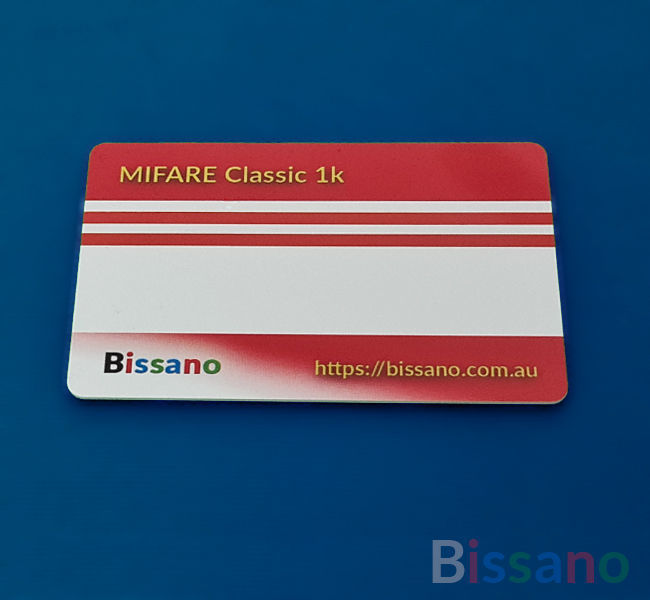

- MIFARE CHANGE SERIAL NUMBER UPDATE
- MIFARE CHANGE SERIAL NUMBER ANDROID
- MIFARE CHANGE SERIAL NUMBER SOFTWARE
- MIFARE CHANGE SERIAL NUMBER FREE
Usually, this Block contains 4 Byte UID (Unique ID) in case of MIFARE 1K Tags (and also MIFARE 4K, MIFARE Mini tags from NXP). So, 16 Sectors * 4 Blocks * 16 Bytes = 1024 Bytes = 1Kīlock 0 of Sector 0 is reserved for storing Manufacturer Data. NOTE: This numbering is just to understand the memory layout. Sector 1 has Blocks 4, 5, 6 and 7 and so on and finally Sector 15 has Blocks 60, 61, 62 and 63. Understanding memory Map of MIFARE 1K Tagįor example, Sector 0 has Blocks 0, 1, 2 and 3. A typical MIFARE 1K RFID tag has 1K Byte of memory organized into 16 Sectors (Sector 0 to Sector 15).

Next, you can see the actual memory dump of the MIFARE 1K Tag. In this case, the UID is ‘6C 08 88 17’, SAK is ‘08’ and the type of card is MIFARE 1K. After scanning the RFID Card, we get the UID, SAK and Type of RFID tag.
MIFARE CHANGE SERIAL NUMBER SOFTWARE
Here, ‘9’ stands for MFRC522 IC and ‘2’ stands for software version 2.0. The first line shows the firmware version of the MFRC522 IC. The following image is a screen shot of the serial monitor output of ‘DumpInfo’ example.
MIFARE CHANGE SERIAL NUMBER FREE
It is very important to understand the memory layout of the RFID Tag as we will know what is the significance of each memory location, what memory locations are reserved and what locations are free to use for storing user data. If you upload the ‘DumpInfo’ example and open the serial monitor, Arduino will print all the contents of the MIFARE 1K RFID Tag on the serial monitor after scanning it properly.
MIFARE CHANGE SERIAL NUMBER ANDROID
if ( 'NDEFReader' in window ) ` ) Īs makeReadOnly() is available on Android in Chrome 100 or later, check if this feature is supported with the following: if ( "NDEFReader" in window & "makeReadOnly" in NDEFReader. I'll provide details when I describe NDEFReader. In particular, if the hardware is missing, the promise returned by certain calls will reject. The presence of NDEFReader tells you that the browser supports Web NFC, but not whether the required hardware is present. Launch Complete Using Web NFC # Feature detection #įeature detection for hardware is different from what you're probably used to. Gather feedback & iterate on design Complete 4. Create initial draft of specification Complete 3. NFC inventory management illustrated Current status #
MIFARE CHANGE SERIAL NUMBER UPDATE
Inventory management sites can read or write data to the NFC tag on a container to update information on its contents.Museums and art galleries can display additional information about a display when the user touches their device to an NFC card near the exhibit.ISO-DEP, NFC-A/B, NFC-F), Peer-to-Peer communication mode and Host-based Card Emulation (HCE) are not supported.Įxamples of sites that may use Web NFC include: Web NFC is limited to NDEF because the security properties of reading and writing NDEF data are more easily quantifiable.

Diagram of an NFC operation Suggested use cases # The current scope is limited to NFC Data Exchange Format (NDEF), a lightweight binary message format that works across different tag formats. Web NFC provides sites the ability to read and write to NFC tags when they are in close proximity to the user's device (usually 5-10 cm, 2-4 inches). NFC stands for Near Field Communications, a short-range wireless technology operating at 13.56 MHz that enables communication between devices at a distance less than 10 cm and a transmission rate of up to 424 kbit/s. Web NFC, part of the capabilities project, launched in Chrome 89 for Android.


 0 kommentar(er)
0 kommentar(er)
